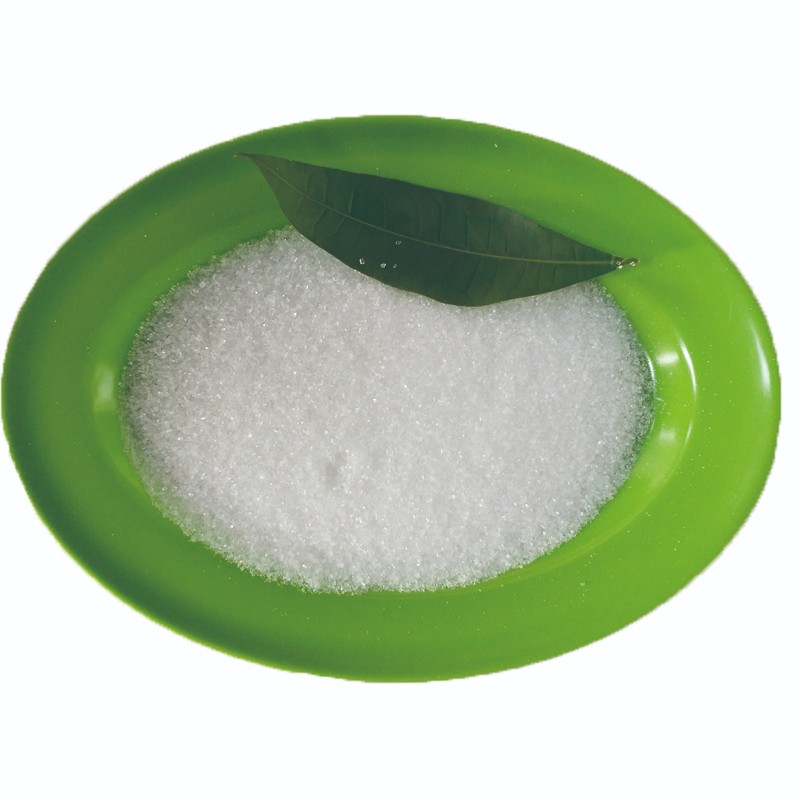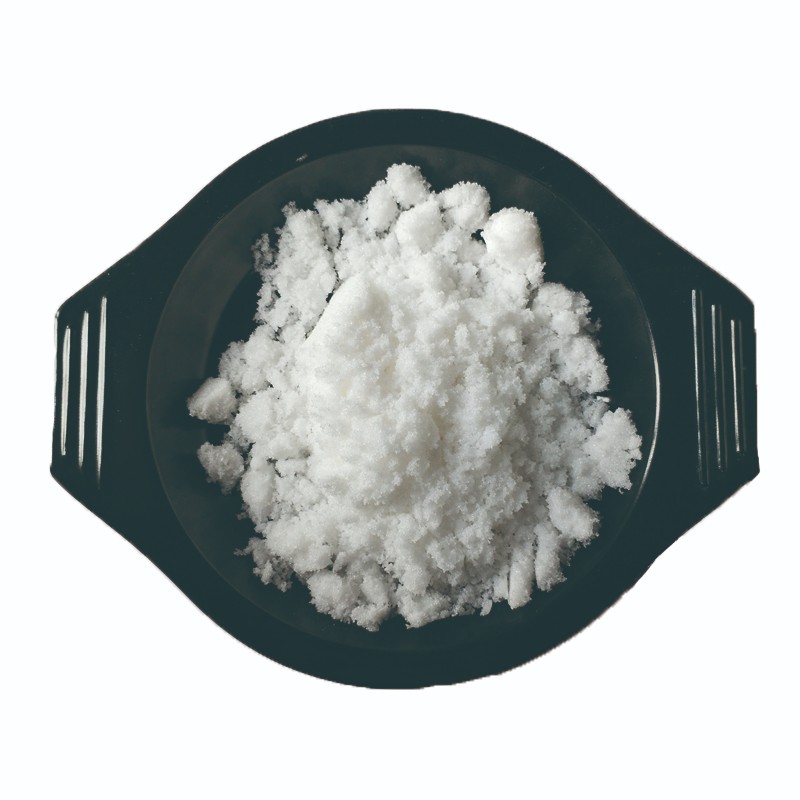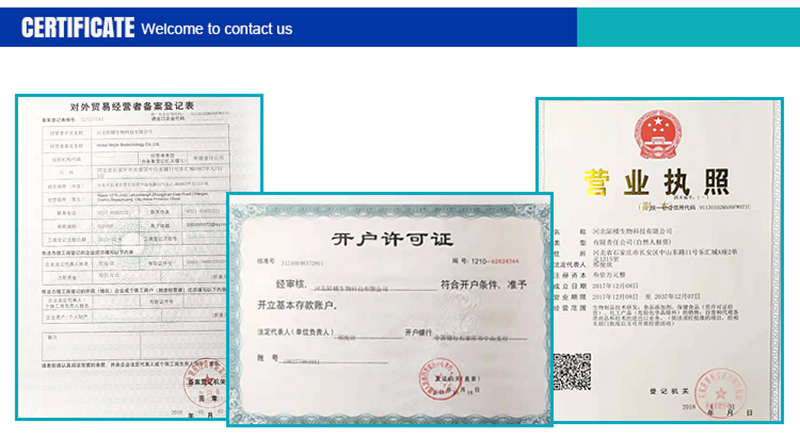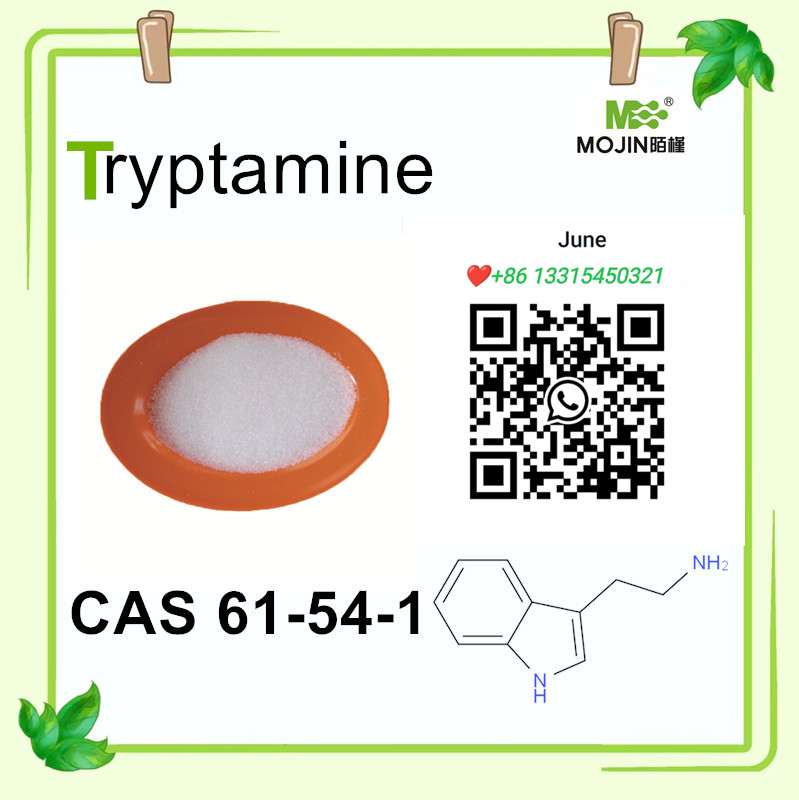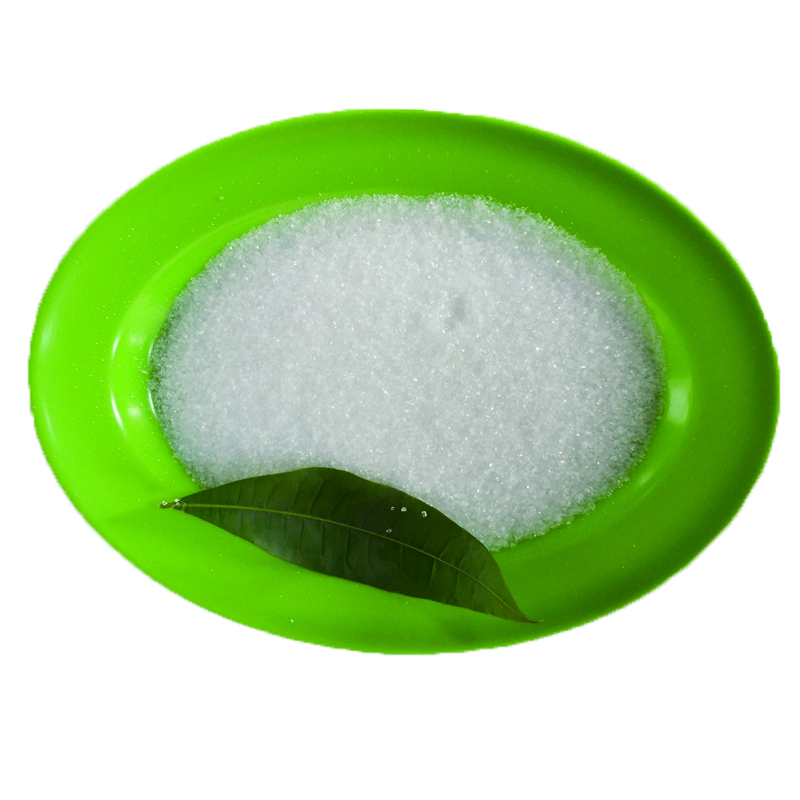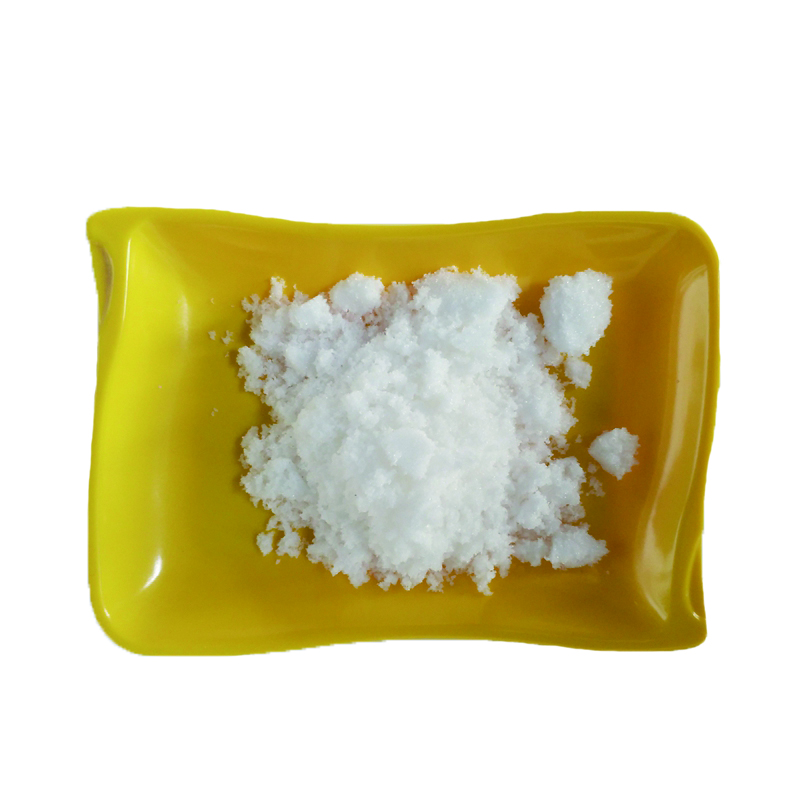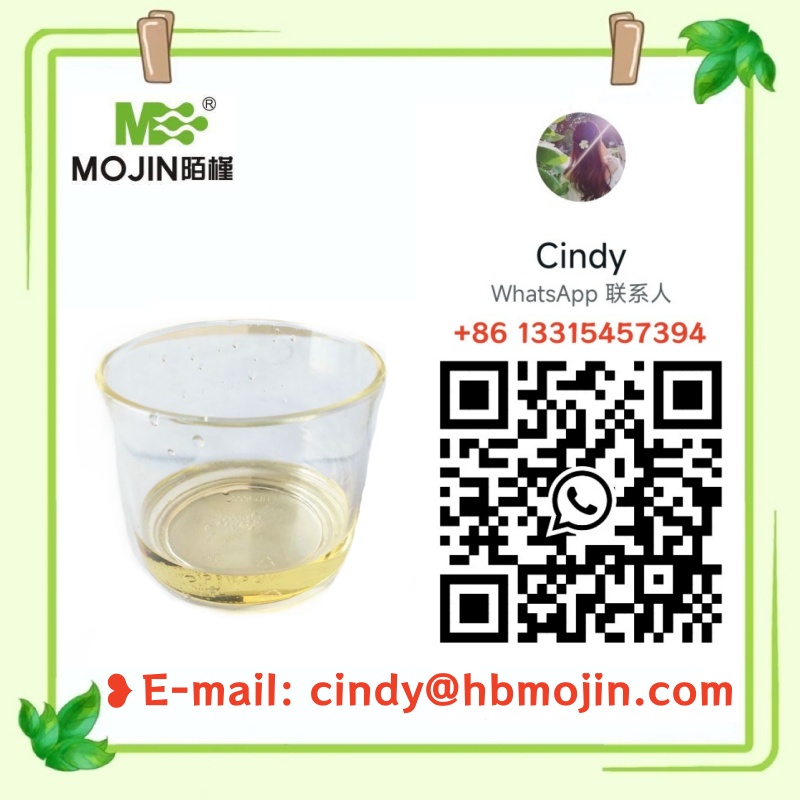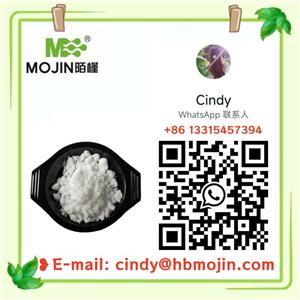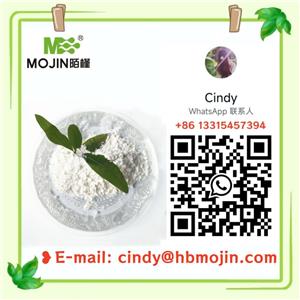| Description | Tryptamine is a monoamine alkaloid that can be synthesized by decarboxylation of the amino acid tryptophan. Notably, tryptamine can be found in fungi, plants, Amphibia, animals, and microbes.
Tryptamine has an indole ring structure and a fused double ring that is composed of a benzene ring and a pyrrole ring, linked to an amino group by 2-carbon side chain. The indole ring is the vital nucleus of many complex natural products that have significance in drug discovery as well as some synthetic and non-synthetic drugs that are based on tryptamine skeleton.
The chemical’s distinct structure is an approximation to the neurotransmitter serotonin as well-known drugs and hallucinogens. Tryptamine’s significance as psychedelic drugs, neuromodulator, and neurotransmitter is well understood due to its presence in mammalian brain in small amounts. |
| Applications | Analogs of tryptamine that are typically produced by its synthetic modification play a significant role in individuals due to the introduction of functionalities that are biologically active in its nucleus that may cause changes in the mental and physical status of the human brain.
Substitutions on the indole ring at nitrogen and C-2 of its side chain produce numerous neuroactive compounds ranging from anti-migraine drugs to toxic substances, such as rizatriptan, sumatriptan, and zolmitriptan. A small amount of tryptamine is required due to its fatalities and intoxication for several reasons. |
| Plants Containing Tryptamine | In plants, tryptamine in small amounts acts as a promising phase to the plant hormone indole-3-acetic acid in one biosynthetic pathway. N, N-dimethyltryptamine (DMT) is a tryptamine derivative that is an active constituent for the hallucinogenic effect of brew known as the “vine of the souls.” Indigenous Amazonian tribes have traditionally used the drink for therapeutic purposes for effective treatment of some physical maladies and abuse disorders. Magic mushrooms are the most common fungi that contain tryptamine derivatives. |
| Pharmacology | Serotonin (5-hydroxytryptamine, 5-HT), which is a natural derivative of tryptamine is a significant signaling hormone that helps in the modulation and regulation of numerous processes within the central nervous system, for instance, cognition, sleep, temperature regulation, memory, and behavior. The mammalian brain contains small traces of tryptamine, which generally act as a modulator or neurotransmitter by releasing serotonin agents. It is also an enhancer of serotonergic activity. Only one minute is required for tryptamine to produce psychotropic phenomena when used recreationally. It has been associated with fatalities and intoxications for multiple reasons including low toxic concentrations. |
| Description | Tryptamine is an indole alkaloid and intermediate in the biosynthesis of serotonin and the phytohormone melatonin in plants. It increases the levels of the terpenoid indole alkaloids ajmalicine, strictosidine, and catharanthine in cultures of C. roseus. Tryptamine is also a product of tryptophan metabolism in mammals. Tryptamine derivatives have been synthetically produced as hallucinogenic drugs of abuse that act on the serotonergic system. |
| Chemical Properties | Tryptamine is a biogenic imine derived from the decarboxylation of tryptophan. It is a white to orange crystalline Powder, melting point 118°C (decomposition at 145-146°C). Soluble in ethanol and acetone, almost insoluble in ether, benzene, chloroform and water. |
| Uses | Tryptamine is a monoamine alkaloid found in plants. Tryptamine is commonly used in the preparation of biologically active compounds such as neurotransmitters and psychedelics. |
| Definition | ChEBI: Tryptamine is an aminoalkylindole consisting of indole having a 2-aminoethyl group at the 3-position. It has a role as a human metabolite, a plant metabolite and a mouse metabolite. It is an aminoalkylindole, an indole alkaloid, an aralkylamino compound and a member of tryptamines. It is a conjugate base of a tryptaminium. |

